|
Posted By Staff Reporter
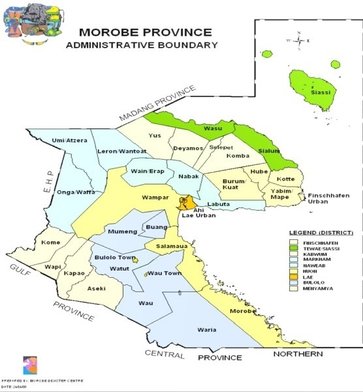 Morobe Province is located on the North Eastern part of Papua New Guinea. The Province is on northeast coast of Papua New Guinea takes its name from former German capital Morobe, southeast of the present provincial capital, Lae City. POPULATION The Province with a population of approximately 500,000 is divided into nine districts Bulolo, Finschhafen, Huon, Kabwum, Lae, Markham, Menyamya, Nawaeb, Tewae/Siassi and; 230 distinct languages are spoken. BORDER The province shares common boarders with Madang, Eastern Highlands, Gulf, West New Britain, Central and Oro Provinces. Lae is the center of PNG and is the provincial capital and the second largest city in the country. It is situated at the mouth of Markham River and the start of the Highlands Highway. The Markham river valley runs through the center of the province. The province is characterized by rough terrain to gentle slopes and flat plains. The main mountain chain includes the Huon Peninsula, Sarawaged with the highest point (at 4,425 m above sea level) the Rowlinson range to the north and the Owen Stanley Range to the South. GEOGRAPHY The major river system includes the Markham and the Waria rivers, which are two of the ten fastest flowing rivers in the country. The other notable rivers that have potential for hydroelectric scheme development are the Watut, Mongi, Masaweng, Paiawo, Maiama and Franscisco rivers. The climate is and extremely humid as a result of high mountains and deep valleys. More than 5,080 mm of rainfall is recorded annually in Lae. The provincial map above shows main centres of the 9 major districts in the Morobe Province. LAND The total landmass including the sea area of the province is 34,650.6 square kilometres which is the largest in PNG. The total land area is 33,931.6 square kilometres and the maritime area is 719 square kilometres. The province can be grouped into three main geographic areas, namely the coastal, island and mountain areas; and finally, the river and valley areas. The coastline of the province extends to approximately 402km from the south and southeast to the north and northeast. Lae is the main industrial centre in the country, and is vibrant with many different commercial activities. It serves as the distribution port for all Highlands provinces including Madang for imported merchandise. A new Tahiyo Cement Factory was opened in 1993 and two fish canneries were opened since 1996 to add to the many industries, which have flourished over the years in Lae providing many employment opportunities to the people. The current development of Malahang Industrial Centre will open up more opportunities for new businesses to start. Other industries operating in Morobe Province include mining, especially in the Wau and Mumeng areas, timber, fishing, and tourism. Gold and timber are Morobe’s leading exports. ECONOMY Whilst Morobe boasts a great economic potential, it is still very much underdeveloped for a number of reasons. Firstly, it is dominated by the exploitation of primary products, such as agriculture, forestry, and mining and to a lesser extent fishing. Agriculture remains the dominant sector. There are three types of agriculture production namely, traditional subsistence, smaller holder cash crop generating and large-scale plantations. (Adopted from Morobe Provincial Population Action Plan 2005-2010 p5) About 452.3 hectares of land throughout the province is under cultivation by subsistence (farming) agriculture; coffee is the largest cash crop followed by cocoa, cardamom, coconut, rice and chillies. Livestock development is dominant in the rich Markham Valley with some development in the Wau and Bulolo District. Forty percent (40%) of the country’s beef supply and the country’s largest chicken production are in Morobe. There is also large-scale crocodile farming in the province. Morobe is experiencing an increase in hotel development and tourism industries. Districts
Provincial Capital is: Lae (second biggest city in PNG) |
AboutOn this page, we provide all the details of the each provinces in PNG. We welcome your critic and contributions. |
- Home
- News
- Business News
- Economy News
- Sports News
- International News
- Corruption News
- Mining Watch
- Jobs
- Education News
- Scholarships
- Health News
- Bzzmart Online Shopping Platform
- Pacific
- Used Cars
- Buy or Rent Homes
-
Travel
- City of Port Moresby
- Adventure and Destination
- Hotels & Lodges in PNG
- Hotels & Lodges in Mendi, Southern Highlands Province
- Hotels & Lodges in Lorengau, Manus Province
- Hotels in Oro Province
- Hotels and Lodges in ESP
- Hotels & Lodges in Kavieng
- Hotels and lodges in Kimbe
- PNG Photo Gallery
- Map of Papua New Guinea
- PNG
-
Computer Tech
- Tech Help
-
Top Weebly designed Websites
>
- HOW TO RECOVER FILES WITH SHORT CUTS OR HIDDEN IN FLASH DRIVE OR EXTERNAL HARD DRIVE
- How to remove Stubborn Computer Virus
- Creating Login or Sign in Membership page in Weebly sites
- How to auto insert Table of Content in Word
- Top Weebly Website Examples and Portfolio
- Weebly Membership Sign in feature available
- Send Free SMS in PNG
- Radio Stations
- Television stations >
- PNG Information Directory
- Computer Resources
- Classifieds
- About us
- Contact Us
- Competition
- Advertisement
- Privacy Policy
- SP PNG Hunters News
- Weebly Forums
- National Football Stadium, Port Moresby
- Work Permits and VISAs in PNG : Guide
- Seasonal Workers Program for PNG
- List Your Business on PNGFacts.com
- Twodot Business Solutions
- Become a Sponsor
- Mt Giluwe Lodge
- Papua New Guinea Defence Force
- Political parties in PNG
- NID PNG
- Employment VISA in PNG
- Business VISA
- Visitor VISA
- Police Clearance in Solomon Islands
- PNG Electoral Commission
- PNG Election Results
|
Search Papua New Guinea Database >>
|
|
|
|
|
Home: PNG News :Travel : Government System: Computer Tech : About us: Contact : Disclaimer : Sitemap : Login Copyright & Disclaimer © 2012 -2023 PNG Facts: All rights reserved:
|
Website developed by Kilikalo Technology & Business Solutions Ltd
About |
Terms |
|
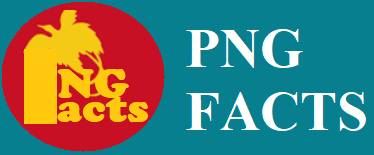
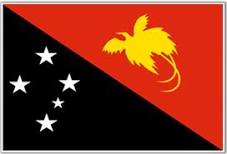
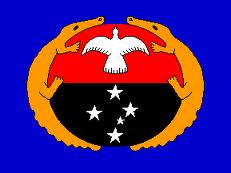
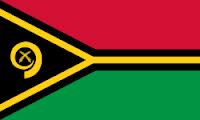
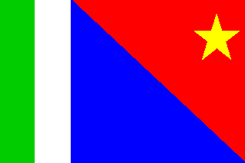
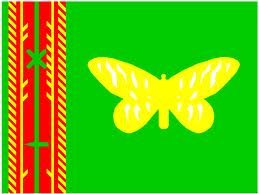

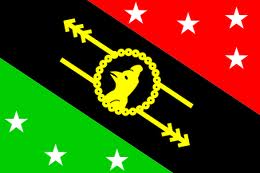
 RSS Feed
RSS Feed